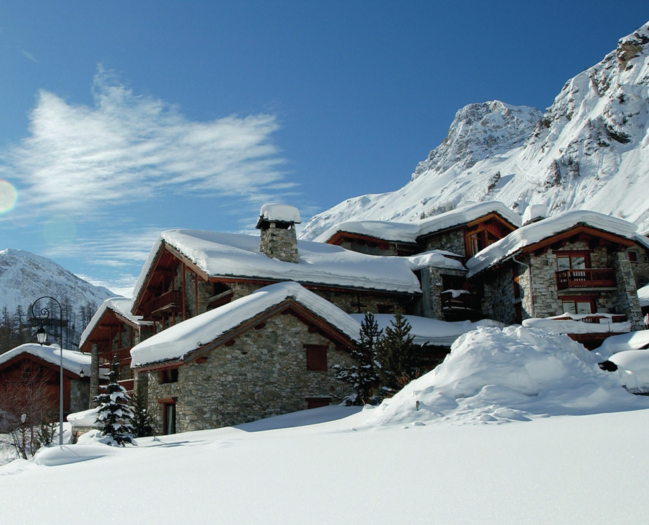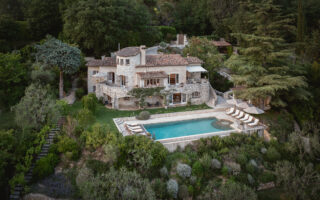Ask the Experts – Leaseback


Richard Deans sheds light on leaseback property and why it’s the way to go for savvy holidaymakers – and investors
Q What is leaseback and how does it work?
A Leaseback was introduced in the French Alps in the 1960s. The ski resorts were very seasonal; people were buying a lot of property and only using them for a couple of weeks. Many apartments were lying empty and people weren’t letting them out properly. So leaseback was created to entice people into full-management service and to enhance the activity of these resorts. It’s very much a holiday accommodation concept. The scheme combines freehold purchase with a discounted purchase price, limited annual use and a rental return. And this is important: a lot of people don’t understand that with leaseback they’re buying the freehold of the property and entering into a commercial lease arrangement, a bail commercial.
The buyer owns the freehold of the apartment which is then leased back to the developer-management company. In most resorts, particularly in the French Alps, the minimum commitment is 20 years. Bear in mind that the initial lease period can’t usually be more than nine or 11 years. The owner will have to renew the lease.
Q What’s the advantage of leaseback compared to a standard let or buy-to-let scheme?
A First, the price paid for the freehold property is reduced as French VAT of 20 per cent is waived under the leaseback scheme. People own a holiday home, fully furnished – it’s turnkey and hassle-free – and are able to use it for two, four or six weeks, which is quite a lot in high season. And they have a guaranteed rental income when they’re not using it. Leaseback properties typically have facilities like ski lockers and cellars, an indoor swimming pool, gym and spa. They’re kitted out for luxury holidays. And the management company will take care of repairs and maintenance. Another advantage is the possibility of exchanging properties. Owners can ask to exchange their apartment for a like-forlike property in another development. This gives owners access to a whole raft of other resorts.
Q Can I sell the property before the end of the leaseback period?
A People can sell the freehold and the commercial lease at anytime. But the people buying the property will still have to let it out and abide by the conditions of the lease.
Q What is the key thing prospective buyers should be aware – or wary – of?
A One of the main things to consider is the management company. Twenty years is a long commitment, so be wary of who you’re operating with. You have to be confident in the management company and developer. It’s very easy to be enticed by one that’s off ering high returns, but will they be able to deliver? Do your research.
Q What happens when the leaseback contract ends?
A After 20 years you can do as you wish. You don’t have to renew, though many owners may want to.
Q Is the rental income of a leaseback property taxable?
A The rental income is taxed at source. And as it’s a commercial arrangement they’ll pay VAT on rental income. Owners will also have to pay property tax (taxe foncière) – though they’re exempt from council tax (taxe d’habitation) – and they’ll also have to pay a service charge towards the cost of maintaining the building.
Richard Deans is UK Sales Manager at MGM Properties – a leading French developer offering a range of leaseback properties in the French Alps
To find out more about leaseback property in the Alps visit www.mgmfrenchproperties.com
For advice or details about a specific property call +44 (0) 207 494 0706.
Alternatively, email rd@mgm-groupe.com
Share to: Facebook Twitter LinkedIn Email
Leave a reply
Your email address will not be published. Required fields are marked *



